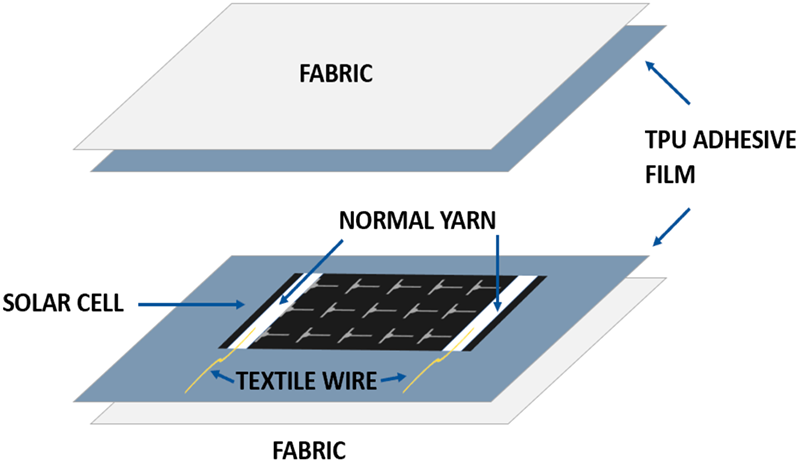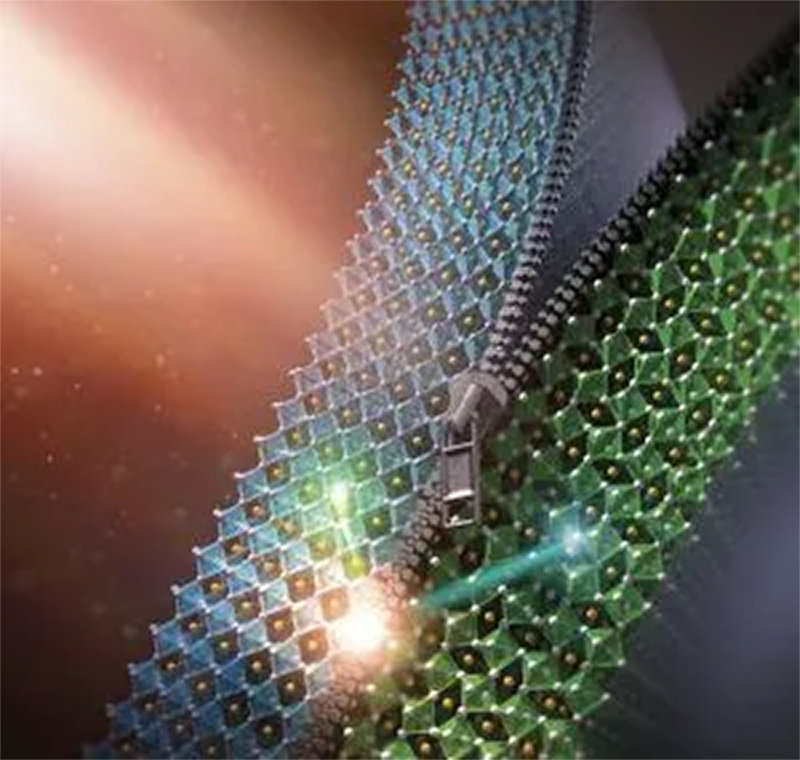You may be wondering what exactly solar cell fabrics are and how they work.
What Makes Solar Fabrics Different?
- Apart from the obvious fact that solar cell fabrics are more wearable than most other solar technology alternatives, the use of photovoltaic cells (the cells used to convert sunlight into power) also makes the materials highly versatile.
- These cells can be incorporated into basically anything wearable allowing for far more flexibility than traditional panels.
- This makes them a popular choice among consumers who consider them far better investments than traditional panels that tend to be more expensive, waste too much space and tend to be stationary.
Materials and Technology Behind Solar Fabrics
- The materials used in solar cell making are very similar to traditional solar panels and usually consist of a combination of semiconductor materials, with other materials and encapsulants.
- These materials are then integrated into fabric materials like polymer fibres to make them wearable and more flexible.





